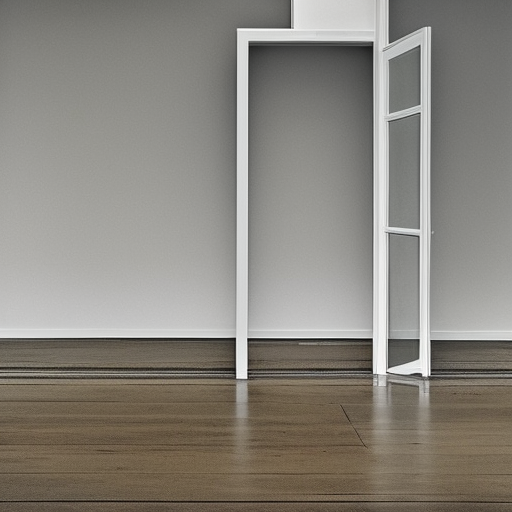Summary:
Minimalism is an art movement that emerged in the late 1950s, characterized by simplicity, reduction, and a focus on essential elements. It rejects excessive ornamentation and aims to convey meaning through minimal forms and materials. Minimalist art often employs geometric shapes, monochromatic color palettes, and clean lines. This movement has had a significant impact on various art forms, including visual art, architecture, design, and music.
Origins and Influences:
Minimalism emerged as a reaction against the complexity and emotional expression of Abstract Expressionism. Artists sought to strip away unnecessary elements and create works that were devoid of personal expression. The movement was influenced by earlier art movements such as Constructivism, De Stijl, and the Bauhaus, which also emphasized simplicity and functionality.
Characteristics of Minimalism:
Minimalist art is characterized by its simplicity, reduction, and emphasis on essential elements. It often features geometric shapes, clean lines, and monochromatic color palettes. Minimalist artists aim to create works that are free from personal expression and instead focus on the inherent qualities of the materials and forms used. The use of repetition, symmetry, and precise craftsmanship is also common in minimalist art.
Minimalism in Visual Art:
In visual art, minimalism is often associated with artists such as Donald Judd, Dan Flavin, and Agnes Martin. Donald Judd, for example, created sculptures using industrial materials such as metal and Plexiglas, arranging them in precise geometric forms. Dan Flavin used fluorescent lights to create minimalist installations that transformed the perception of space. Agnes Martin’s paintings featured grids and subtle color variations, evoking a sense of tranquility and contemplation.
Minimalism in Architecture:
Minimalism has also had a significant impact on architecture. Architects such as Ludwig Mies van der Rohe, Tadao Ando, and John Pawson have embraced minimalist principles in their designs. Minimalist architecture emphasizes clean lines, open spaces, and the use of natural materials. It aims to create harmonious and functional spaces that are free from unnecessary ornamentation.
Minimalism in Design:
In the field of design, minimalism is often associated with simplicity, functionality, and clean aesthetics. Minimalist design focuses on essential elements and eliminates unnecessary embellishments. It is characterized by clean typography, ample white space, and a restrained color palette. Minimalist design principles have influenced various products and brands, ranging from furniture to technology.
Minimalism in Music:
Minimalism has also had a significant impact on the field of music. Minimalist composers such as Steve Reich, Philip Glass, and Terry Riley have explored repetitive patterns, simple harmonies, and gradual transformations in their compositions. Minimalist music often creates a meditative and hypnotic effect, with a focus on the gradual unfolding of musical ideas.
Legacy and Impact:
Minimalism has had a lasting impact on various art forms and continues to influence contemporary artists and designers. Its emphasis on simplicity, reduction, and essential elements has challenged traditional notions of art and design. Minimalism’s focus on the inherent qualities of materials and forms has also influenced sustainable design practices. The movement’s influence can be seen in the clean lines and simplicity of modern architecture, the minimalist aesthetics of technology products, and the use of repetition and simplicity in contemporary music.
In conclusion, minimalism is an art movement characterized by simplicity, reduction, and a focus on essential elements. It has had a significant impact on visual art, architecture, design, and music. Minimalist art often employs geometric shapes, clean lines, and monochromatic color palettes. The movement emerged as a reaction against the complexity of Abstract Expressionism and was influenced by earlier art movements such as Constructivism and the Bauhaus. Minimalism continues to influence contemporary artists and designers, challenging traditional notions of art and design and emphasizing simplicity and functionality.












